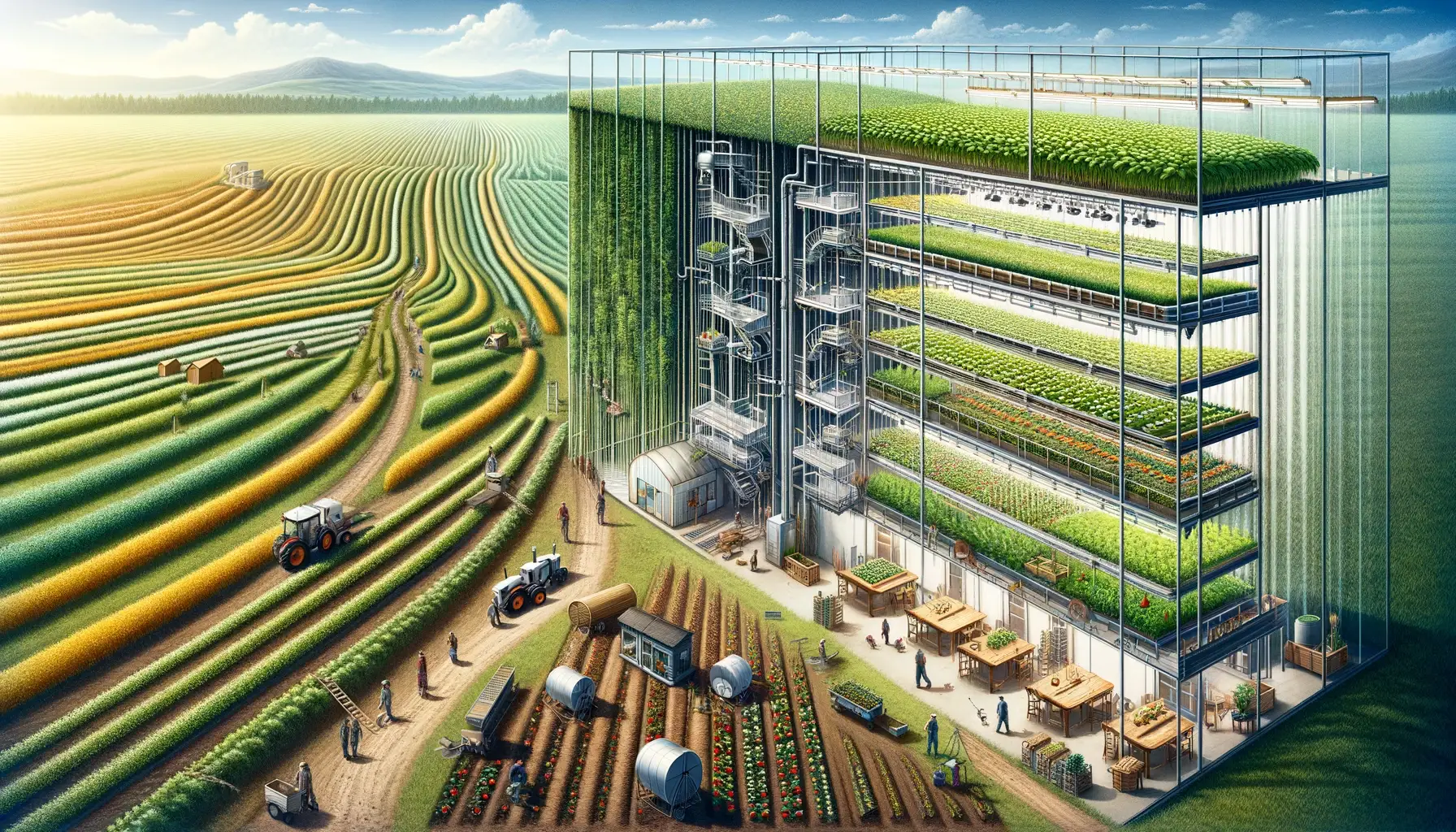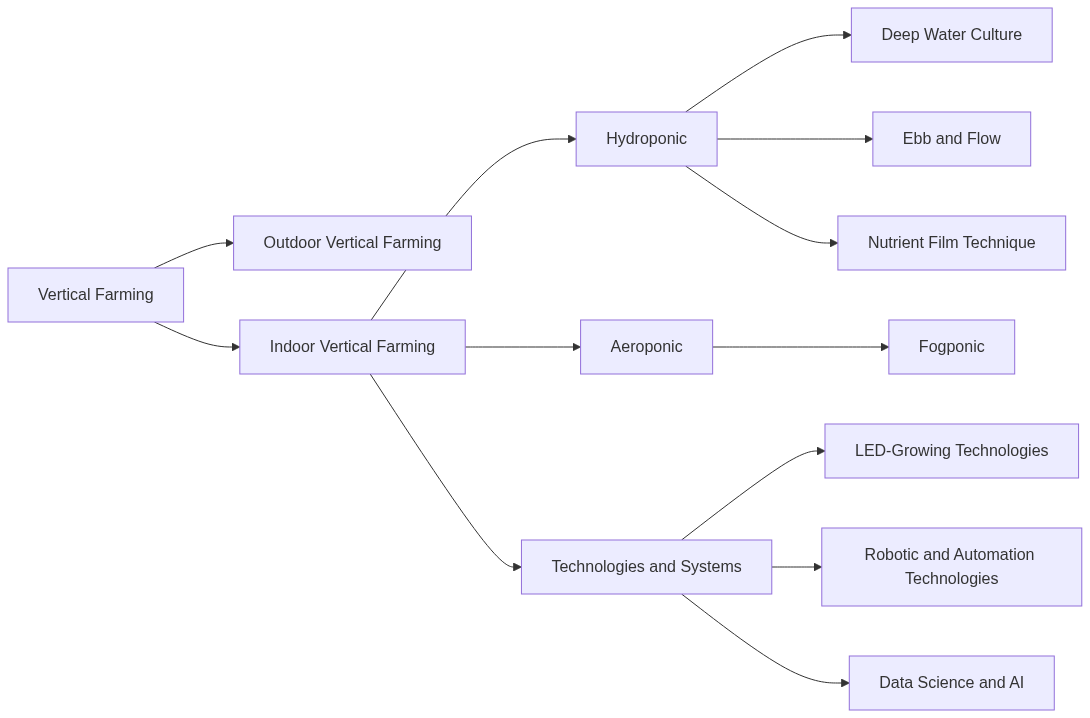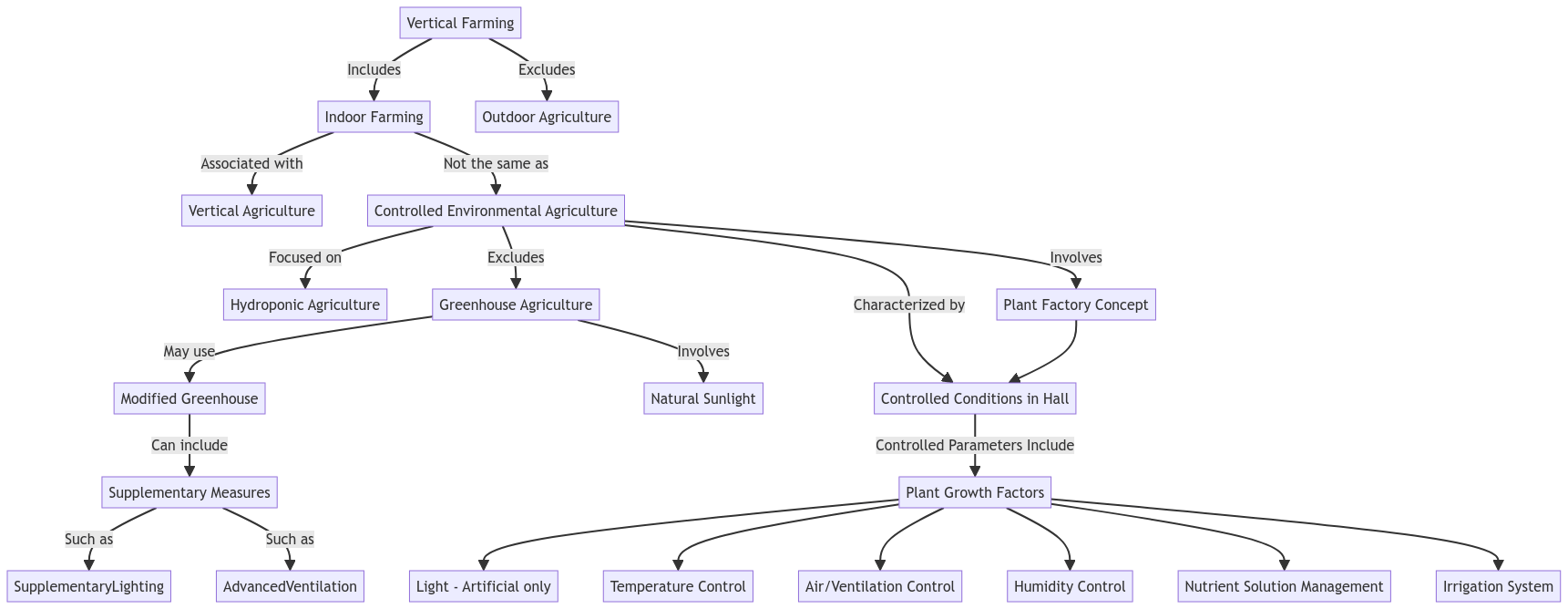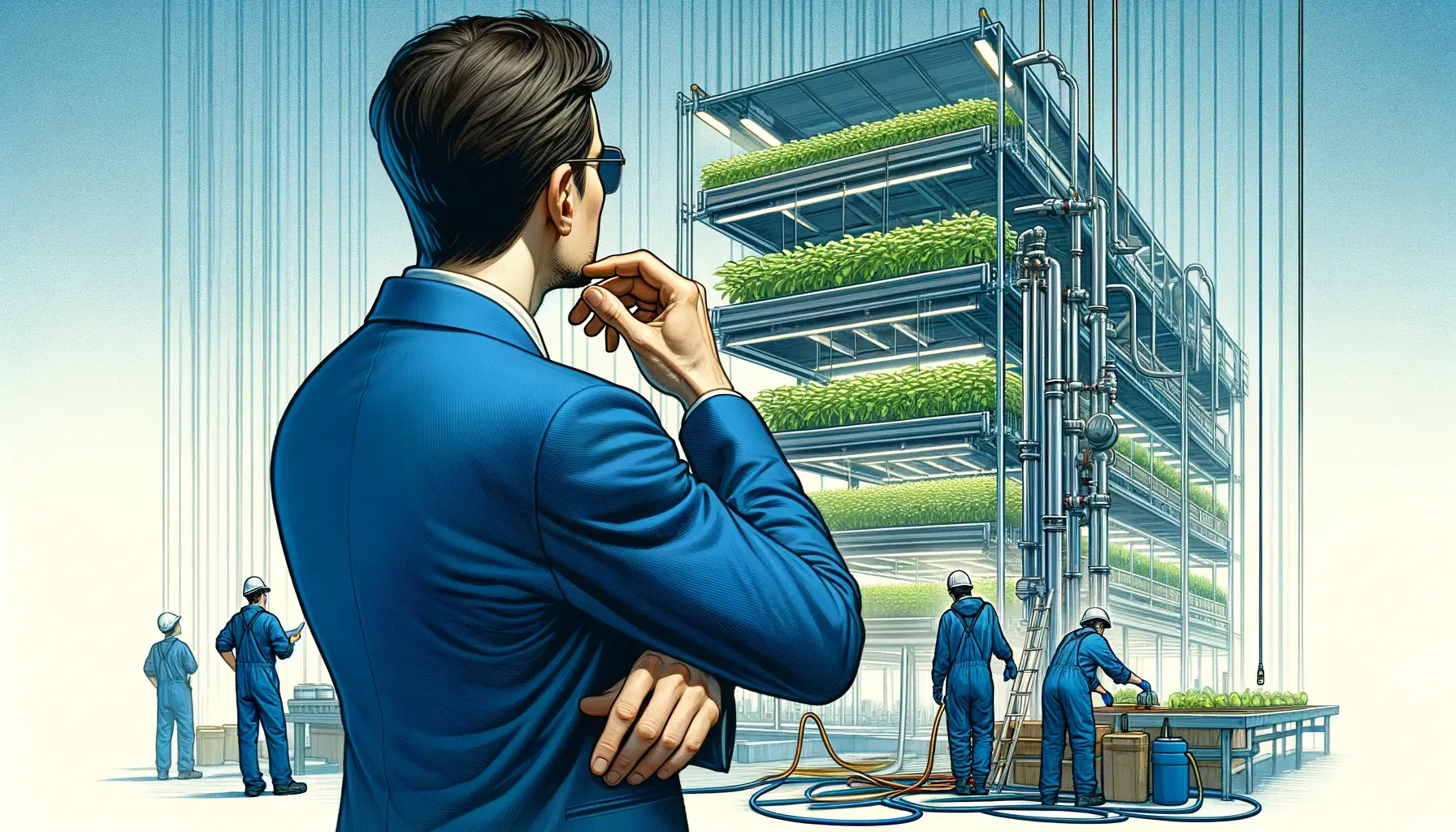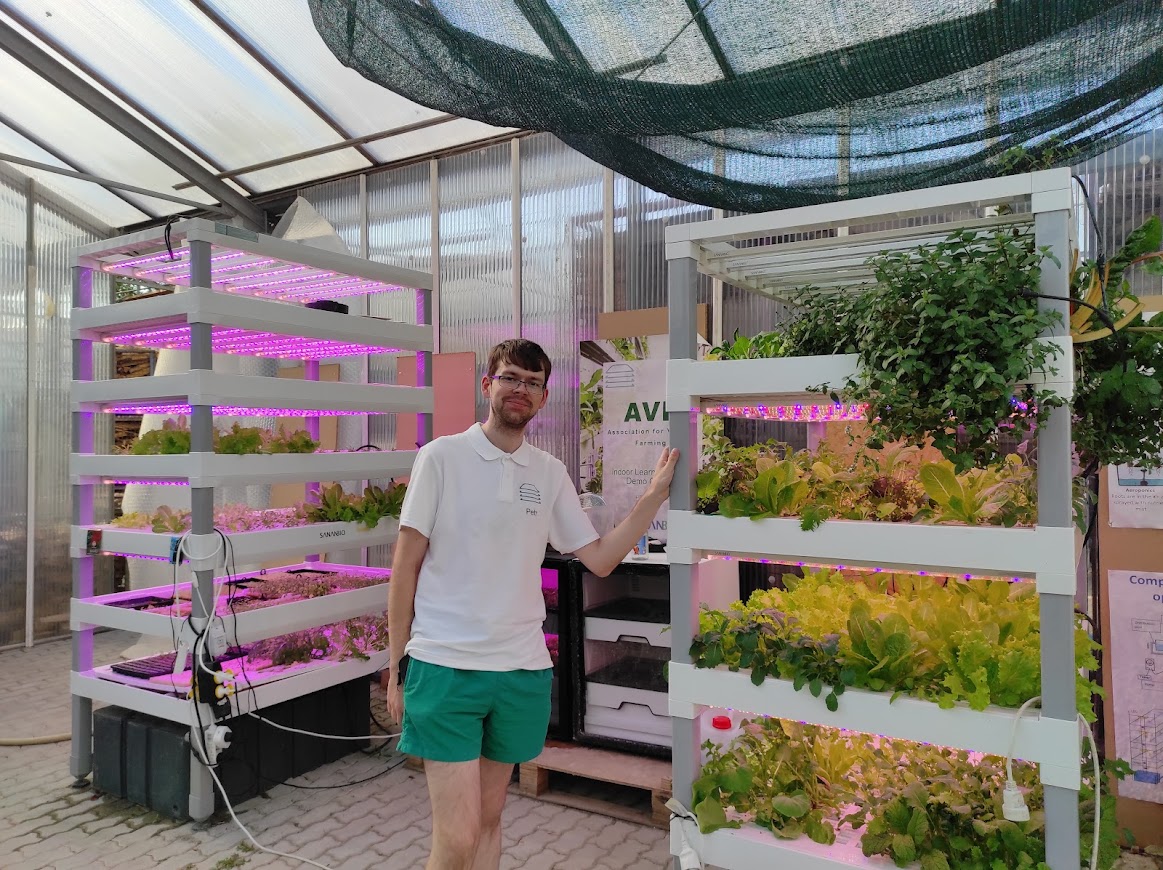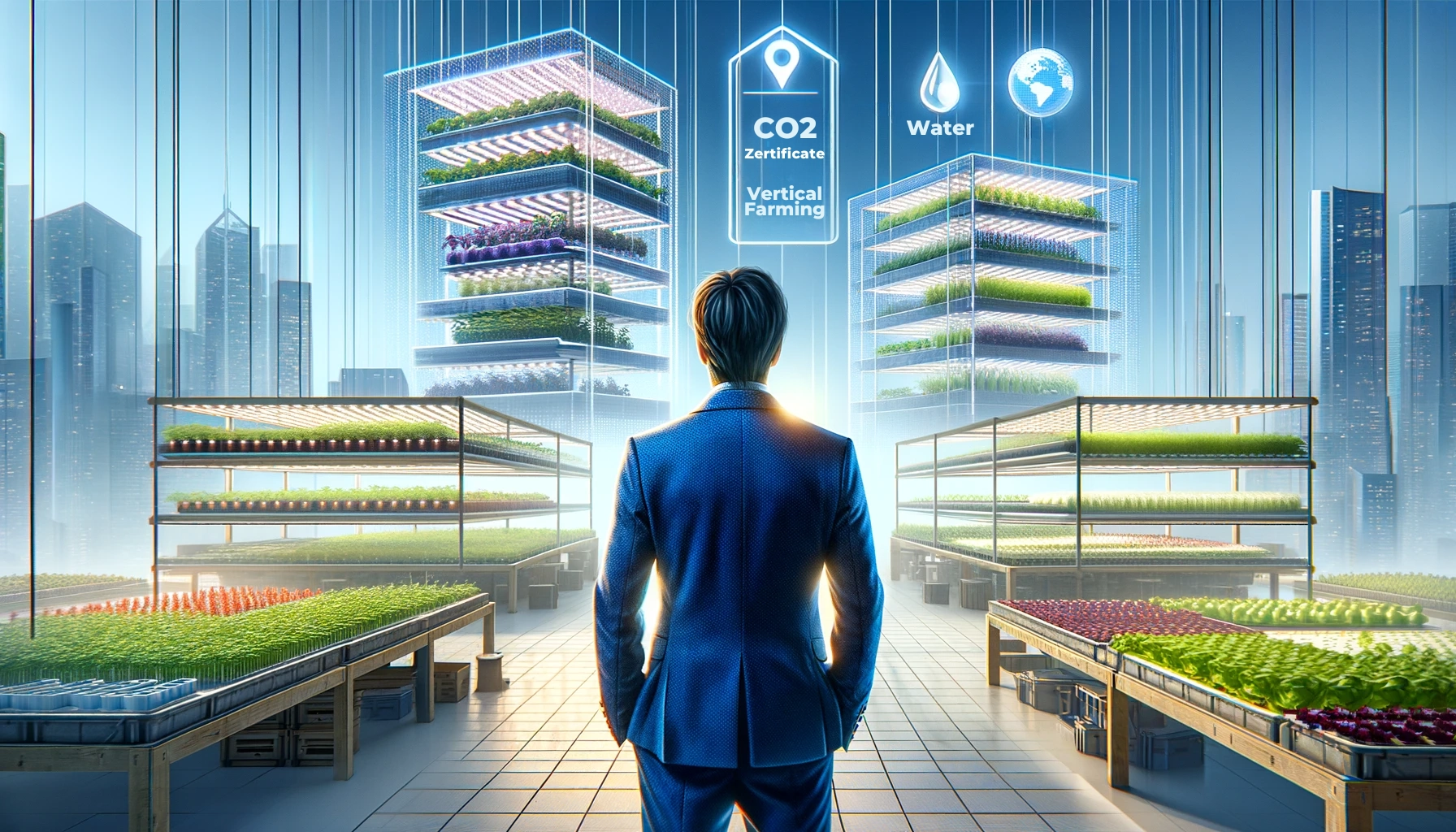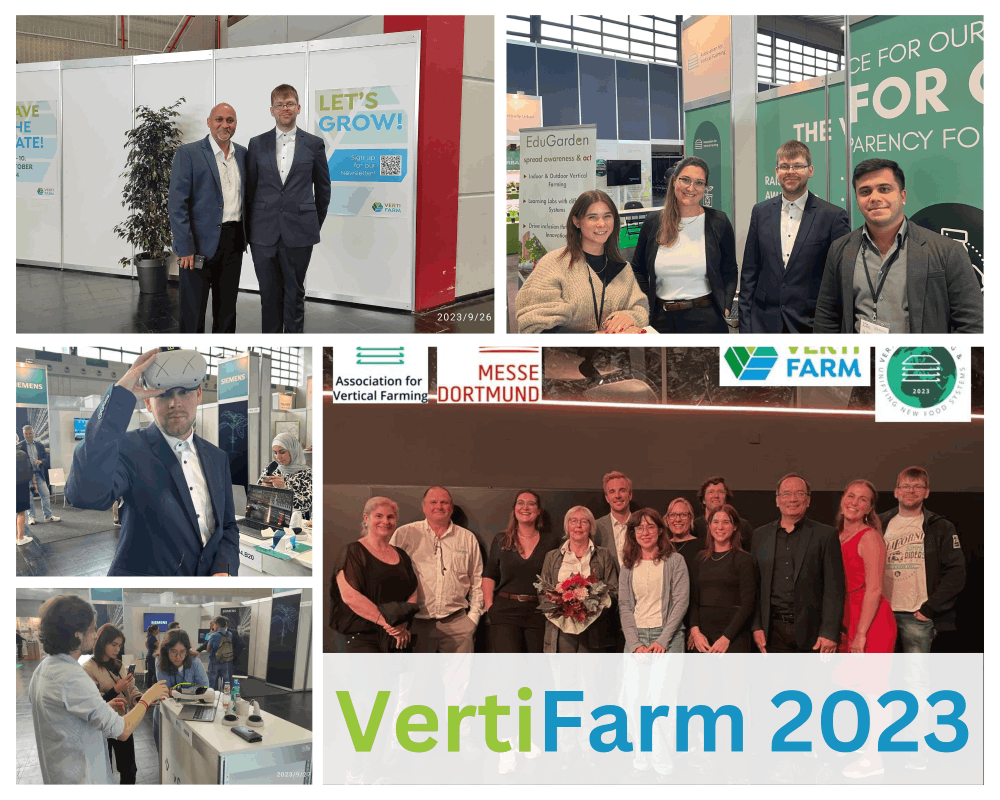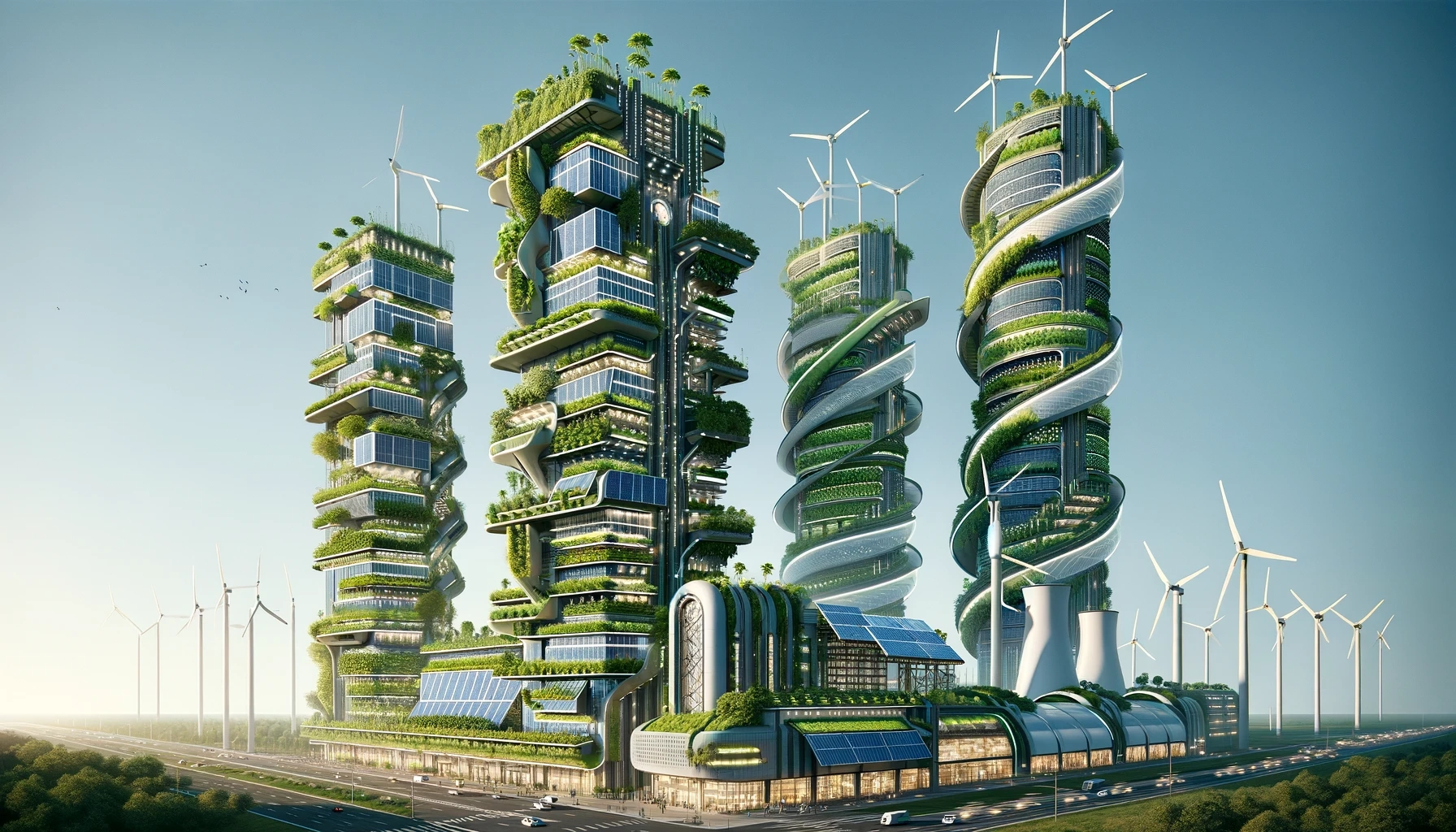Vertical farming and conventional agriculture? There are people out there in the world who think that vertical farming will replace conventional agriculture as we know it, that farmers will lose their jobs and that our plant-based food will only come from vertical farming. You can find out why this is nonsense in this article.
Vertical farming and conventional agriculture
Some time ago, a former colleague pointed out to me that I had made a small mistake in my article about Vertical farming and water consumption made. The background to this was that I had confused traditional farming with conventional farming.
In order to understand what I mean by conventional agriculture, I would like to define it here first so that there are no misunderstandings.
Conventional agriculture
The term conventional agricultureI summarize all methods and applications as they are used in today's form of modern agriculture, i.e. fertilization, pesticides, monocultures, etc., but this also includes areas such as precision farming, where resources are used more efficiently and technology is used to reduce the use of fertilizers and pesticides and prevent excessive consumption, thus saving the farmer money and reducing the impact on nature.
Traditional agriculture historically depends strongly on the respective regions, so the cultivation techniques are different in the north than in the south, no matter where on earth, traditional agriculture is therefore the historical view in the context of the cultivation possibilities of the respective country at that time. The Permaculture agriculture and Organic farming I exclude conventional agriculture because it does not use chemical pesticides, large amounts of fertilizer, etc., or does not involve monoculture cultivation.
I hope that I have defined the term "conventional agriculture" in a reasonable way to avoid misunderstandings.
Vertical farming or vertical agriculture
Under this term, which I have already explained in other posts on this blog, I summarize all cultivation techniques that enable the cultivation of plants in the vertical. Below this, there are other terms to differentiate more closely from other cultivation methods, such as vertical farming with hydroponics not only indoors, but also outdoors, although less frequently and not associated with the term vertical farming, but external vertical farming is not compatible with the term CEA for Controlled Environment Agriculture.
To my knowledge, vertical farming in the outdoor area is not specified by a single term, but certain areas can be excluded. For example, indoor farming is associated with vertical farming, but indoor farming is not the same as CEA (Controlled Environmental Agriculture), because while indoor farming refers to hydroponic cultivation, vertical cultivation can, but does not have to, also take place within it.
CEA, on the other hand, is not compatible with greenhouse cultivation and, as of 2024, the plants in hydroponic systems are more likely to be grown entirely under artificial light in a hall where the parameters of light, temperature, air/ventilation, humidity, nutrient solution and irrigation are fully controlled.
In order to clear up this chaos, I have created a small diagram here, which I hope will help to untangle this confusion:
Vertical farming: the advantages at a glance
Vertical farming helps to save land and promotes urban agriculture. By utilizing vertical space, crops can be grown in buildings and high-rise buildings, reducing the need for huge cultivation areas. This not only helps to preserve natural habitats, but also maximizes the use of limited land resources in densely populated areas.
In addition, vertical farming has the potential to significantly reduce the environmental impact of agriculture. Growing crops indoors eliminates the need for conventional farming methods that contribute to deforestation and soil degradation. It also minimizes or eliminates the use of pesticides and herbicides, leading to a more sustainable and environmentally friendly approach to food production.
In addition, vertical farming can significantly reduce the carbon footprint associated with long-distance transportation. By locating farms close to city centers, the need to transport products over long distances is minimized, reducing greenhouse gas emissions and fuel consumption.
Another point is that shorter distances to the customer also reduce the need for longer storage in cold stores, which also reduces energy requirements and costs.
Advantages summarized
- Save land: Use of vertical space reduces the need for large cultivation areas.
- Promotion of urban agriculture: Enables the cultivation of plants in buildings and high-rise buildings in cities.
- Preserve natural habitats: Less need for agricultural land contributes to the protection of natural habitats.
- Efficient land use: Optimizes the use of limited land resources in densely populated areas.
- Reduced environmental impact: Minimizes or avoids the use of pesticides and herbicides, promotes sustainability.
- Less deforestation and land degradation: Indoor cultivation avoids conventional methods that lead to deforestation and soil degradation.
- Lower CO2 footprint: Proximity to city centers reduces the need for long transport routes.
- Reduced storage costs: Shorter distances to the customer reduce the need for cold stores and cut energy costs.
Vertical farming: the limits and disadvantages
Although vertical farming offers numerous advantages, it also has some limitations and disadvantages, and not all of them can be overcome:
1. high initial investment:
Setting up the infrastructure and technology required for vertical farming can be costly. Investing in specialized equipment, lighting systems and climate control can be an obstacle for many farmers.
2. scalability:
Vertical farming systems are often limited in terms of their scalability. The size and capacity of vertical farms is limited by factors such as building height, available space and energy requirements.
3. limited cultivation area:
Not all crops are suitable for vertical farming. The systems are best suited to leafy vegetables and herbs, while it can be difficult for certain types of fruit and root vegetables to grow effectively in a vertical environment.
4. energy consumption:
Vertical farming requires a high energy input to maintain ideal growing conditions. The use of artificial lighting, heating and cooling systems can contribute to increased energy consumption and greenhouse gas emissions.
5. technical expertise:
Operating and managing a vertical farm requires specialized knowledge and skills. Farmers must have a comprehensive understanding of technology, automation and hydroponic or aeroponic growing methods to ensure optimal crop production.
Overcoming these challenges and constraints is crucial to the long-term success and sustainability of vertical farming as a method of food production.
Vertical farming vs. traditional agriculture: finding a balance
While vertical farming can offer benefits in terms of efficiency and resource utilization, traditional agriculture plays an important role in supporting local communities and preserving biodiversity.
Finding a balance between the two approaches is crucial for a sustainable and resilient food system.
The role of vertical farming for food security
Vertical farming can play a role in ensuring food security, especially in urban areas with limited access to fresh produce. By utilizing vertical spaces, it enables consistent and reliable food production, regardless of environmental conditions.
One of the biggest advantages of vertical farming is its ability to ensure a local and sustainable food supply. With increasing urbanization, vertical farms can be established in city centers, reducing dependence on long transportation routes and minimizing the carbon footprint associated with food production.
Vertical farming also helps to reduce the risk of crop failure due to extreme weather conditions. By growing crops in a controlled environment, farmers can minimize the impact of unpredictable climate patterns and ensure a consistent food supply throughout the year.
Vertical farming also offers opportunities for local food production and economic development. By bringing agriculture closer to urban communities, it creates jobs and supports the local economy. It also promotes the concept of "farm to fork" by providing fresh and nutritious produce without the need for extensive processing or preservation.
Addressing concerns: Vertical farming and its impact on farmers
But you shouldn't make it too easy for yourself, not every farmer has the financial means or is willing to take out a loan for such an undertaking, many vertical farms are in the millions of euros range and have to be profitable first. For farmers, however, I can give the all-clear: although many things are technically possible, it will never be possible to grow everything on a vertical farm, as it simply takes too long and is not economically viable.
Some people think that vertical farming would lead to only large corporations producing food and no longer the farmers themselves, but this is wrong and far from reality, as it is simply not economically viable.
In conclusion, it can be said that vertical farming offers many exciting opportunities, but will not completely replace conventional farming. The high initial costs, high energy consumption and the necessary expertise are just some of the challenges that need to be overcome.
Vertical farming does not have to be seen in competition with conventional agriculture, it can also be used for breeding so that the plants are strong enough before they are planted in the field.
By cleverly combining both methods, we can create a sustainable and resilient food system that benefits both the environment and the economy. It is important to utilize and further develop the benefits of both approaches to tackle the global challenges in agriculture.

